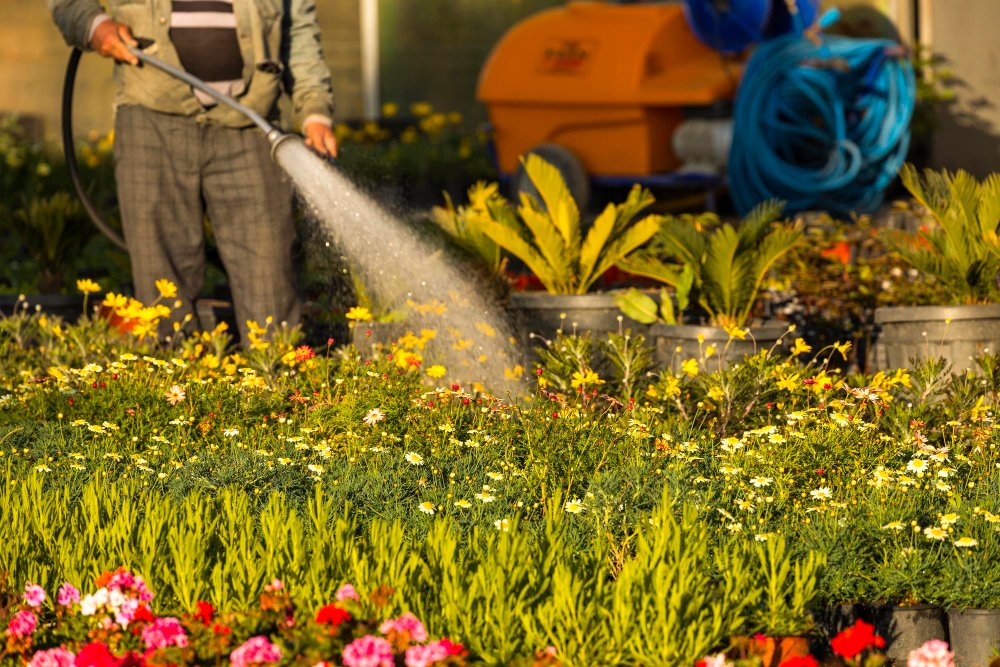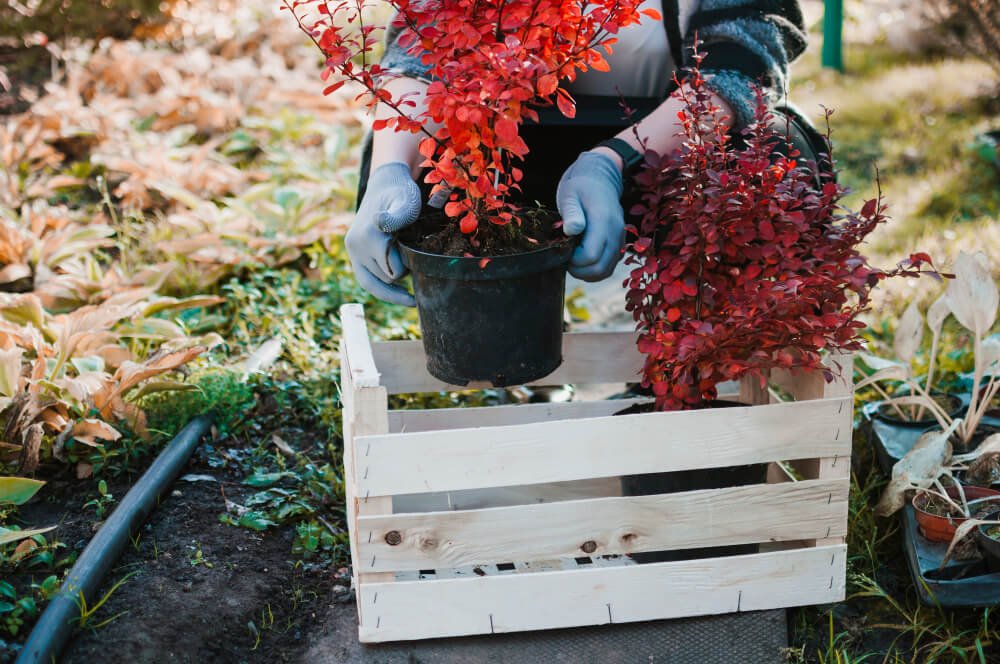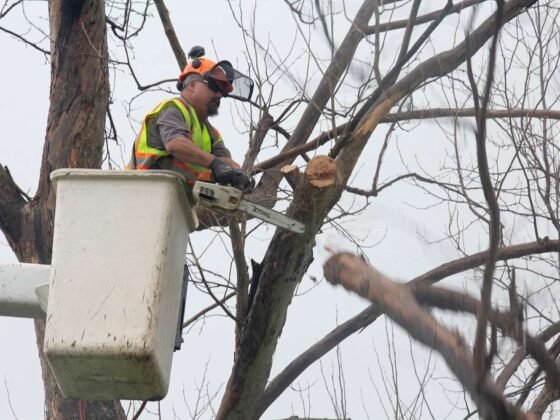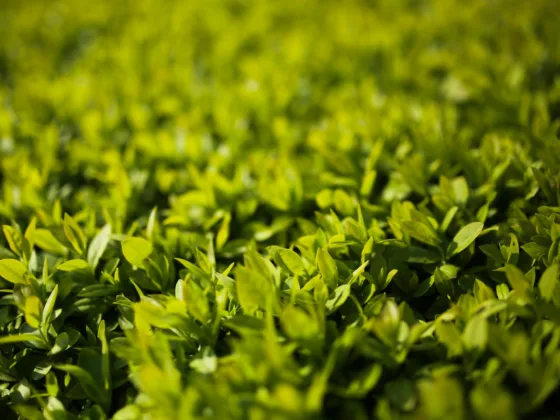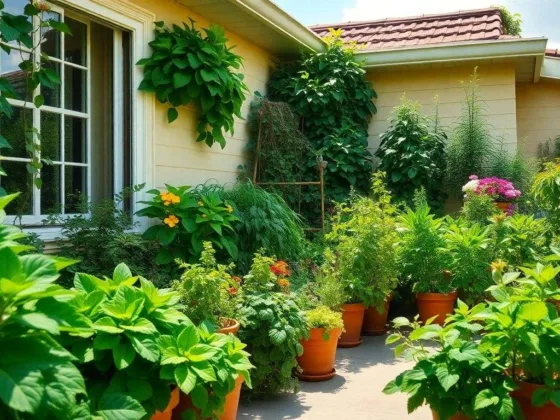Table of Contents Show
As the seasons transition and temperatures begin to cool, Bay Area homeowners need to adjust their landscaping care routines to ensure the health and vitality of their plants.
Fall presents a prime opportunity for strategic fertilization and watering practices that can fortify plants for the winter ahead and set the stage for robust growth in the coming spring.
Explore the types of plants that benefit most from fall fertilization practices, and provide practical tips for optimizing plant health in luxury landscapes throughout the Bay Area.
Importance of Fall Fertilization
Fertilizing in the fall serves as a preemptive measure to equip plants with the nutrients they need to thrive during the dormant winter months and emerge stronger in the spring.
The primary objectives of fall fertilization include building up nutrient reserves, promoting root development, and improving overall plant resilience. By investing in fall fertilization, homeowners can lay the groundwork for lush, vibrant landscapes in the seasons to come.
Types of Bay Area Plants to Fertilize in the Fall
1. Cool-Season Grasses:
Lawns in the Bay Area benefit greatly from fall fertilization, particularly cool-season grasses like fescue and ryegrass. A high-nitrogen fertilizer helps lawns recover from summer stress and encourages robust root growth, enhancing their ability to withstand winter dormancy.
2. Perennial Flowers and Bulbs:
Fall fertilization is key to promoting healthy root development in perennial flowers and bulbs such as tulips and daffodils. By providing essential nutrients in the fall, homeowners can ensure vibrant blooms and vigorous growth come springtime.
3. Shrubs and Trees:
Established shrubs and trees, especially young or newly planted specimens, benefit from fall fertilization to support root growth and overall resilience. This investment in plant health pays dividends in the form of stronger, more resilient luxury landscaping year-round.
4. Vegetable Gardens:
Fall fertilization of vegetable gardens ensures that plants have the nutrients they need to thrive until the first frost. This practice is particularly crucial for fall crops like kale, spinach, and lettuce, which continue to produce well into the cooler months.
5. Fruit Trees:
Fertilizing fruit trees in the fall promotes healthy root development and sets the stage for abundant fruit production in the upcoming seasons. Proper nourishment in the fall is essential for maximizing yields and maintaining tree health.
6. Cool-Season Crops:
Homeowners in the Bay Area can extend the growing season for cool-season crops like lettuce, spinach, and kale by fertilizing them in the fall. Adequate nutrients support ongoing growth and productivity, even as temperatures begin to drop.
Choosing the Right Fertilizer for Bay Area Luxury Landscapes
When selecting a fertilizer for fall applications, it’s crucial to opt for a balanced, slow-release formula with a lower nitrogen content compared to spring and summer fertilizers.
Look for ratios like 10-10-10 or 15-15-15 (N-P-K), which provide a gradual release of nutrients over time. Organic fertilizers are especially beneficial for fall use, as they offer slow release and soil-amending properties without the risk of chemical burn.
Best Practices for Fall Fertilization
1. Follow the Manufacturer’s Instructions:
Always adhere to the manufacturer’s instructions for application rates and methods when applying fall fertilizer. Proper application ensures optimal nutrient uptake and minimizes the risk of over-fertilization.
2. Conduct a Soil Test:
Before applying fertilizer, consider conducting a soil test to identify any nutrient deficiencies. This allows you to tailor your fertilization approach to the specific needs of your landscape and avoid unnecessary nutrient supplementation.
3. Consider Environmental Factors:
Take into account local climate conditions, plant types, and soil composition when determining your fall fertilization schedule. Factors like rainfall patterns, temperature fluctuations, and plant species can influence nutrient requirements and application timing.
4. Monitor Plant Health:
Keep a close eye on the health and appearance of your plants throughout the fall season. Look for signs of nutrient deficiencies, such as yellowing leaves or stunted growth, and adjust your fertilization regimen as needed to address any issues.
5. Incorporate Organic Matter:
In addition to commercial fertilizers, consider incorporating organic matter into your fall fertilization routine. Compost, aged manure, and organic mulches enrich the soil with essential nutrients, improve soil structure, and enhance overall plant health.
Landscaping practices for Fall watering
In addition to fertilization, adjusting your watering routine in the fall is crucial for maintaining plant health and promoting resilience in the face of winter weather.
As temperatures cool and rainfall becomes less frequent, plants require less frequent watering but still need adequate moisture to thrive. Here are some key considerations for fall watering practices in Bay Area luxury landscape design:
1. Water Deeply and Infrequently:
Instead of frequent shallow watering, focus on watering deeply and infrequently in the fall. Deep watering encourages root growth and helps plants establish strong, resilient root systems that can better withstand winter stresses.
2. Observe Plant Needs:
Pay close attention to the moisture needs of your plants and adjust your watering schedule accordingly. Factors like plant type, soil type, and microclimate can influence water requirements, so be prepared to tailor your approach based on individual plant needs.
3. Monitor Soil Moisture:
Check soil moisture regularly to ensure plants are receiving adequate hydration. Use a moisture meter or simply dig down a few inches into the soil to assess moisture levels. Water plants when the top few inches of soil feel dry to the touch.
4. Time Watering Wisely:
Water plants during the cooler parts of the day, such as early morning or late afternoon, to minimize water loss through evaporation and reduce the risk of fungal diseases. Avoid watering in the evening, as prolonged moisture on foliage overnight can promote fungal growth.
5. Adjust for Rainfall:
Take into account natural rainfall when planning your watering schedule. During periods of adequate rainfall, you may need to scale back supplemental watering to prevent overwatering and waterlogged soil conditions.
By implementing strategic fall fertilization and watering practices, Bay Area homeowners can optimize plant health, promote robust growth, and cultivate thriving landscapes that endure throughout the winter months and emerge vibrant and resilient in the spring.
As with any aspect of Bay Area luxury landscaping care, it’s essential to stay attuned to the specific needs of your plants, observe environmental conditions, and adapt your approach accordingly to ensure the long-term health and vitality of your landscape.
